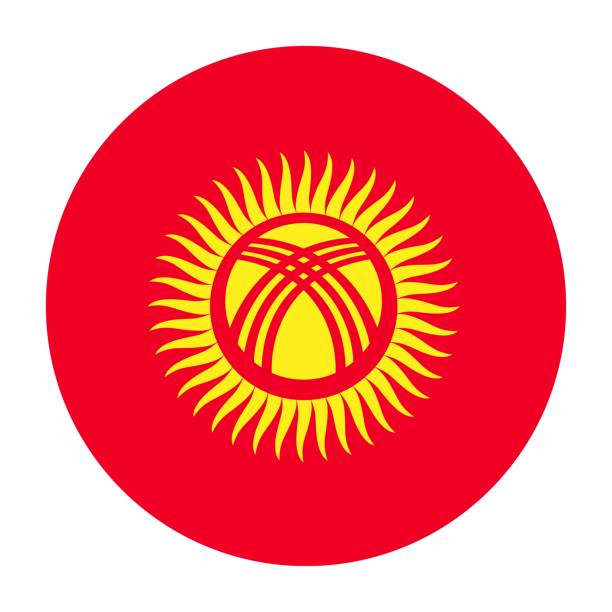
What is Human Metapneumovirus (hMPV)
Human Metapneumovirus (hMPV) is a common respiratory virus that typically leads to infections in the upper respiratory tract, much like the common cold. It was first identified in 2001 by a group of scientists in the Netherlands. Though hMPV infections are often mild, the virus can cause serious complications in vulnerable populations, including young children, the elderly, and individuals with weakened immune systems.
Facts About hMPV
- Prevalence: hMPV is a leading cause of acute respiratory infections, particularly during the colder months (winter and early spring) when other respiratory viruses such as RSV (Respiratory Syncytial Virus) and the flu are also common.
- At-Risk Populations: While hMPV can affect people of all ages, children under the age of 5, elderly individuals, and people with weakened immune systems (such as those undergoing chemotherapy or post-organ transplant) are at greater risk of complications.
- Symptoms: In most cases, hMPV causes mild symptoms similar to the common cold. These include a cough, sore throat, runny nose, nasal congestion, and fever. However, in some cases, hMPV can cause more severe respiratory issues, leading to conditions such as pneumonia, bronchiolitis, or bronchitis.
- Transmission: The virus is primarily spread through direct contact with infected individuals, such as via respiratory droplets from coughing or sneezing, or by touching contaminated objects like toys, doorknobs, or shared surfaces.
Human Metapneumovirus vs COVID-19
While COVID-19 and hMPV both affect the respiratory system, there are key differences between the two viruses:
- Cause: COVID-19 is caused by the SARS-CoV-2 virus, a member of the coronavirus family. In contrast, hMPV is caused by the metapneumovirus, part of the paramyxovirus family.
- Symptoms: Both viruses cause respiratory symptoms, but COVID-19 can also lead to a wider range of symptoms, including loss of taste or smell, gastrointestinal issues, and severe respiratory distress. hMPV symptoms, on the other hand, are usually milder and more similar to the common cold, such as cough, sore throat, runny nose, and fever.
- Contagious Period: Both viruses are contagious, with COVID-19 typically having a longer contagious period, potentially lasting up to 14 days or longer. hMPV, however, is generally contagious for about 5-7 days, particularly during the peak of symptoms.
- Severity: COVID-19 has a higher potential for severe illness and complications, particularly in older adults and individuals with underlying health conditions. hMPV is generally less severe, but in vulnerable populations, it can cause complications such as pneumonia or bronchiolitis.
Is Hmpv Dangerous?
For the majority of healthy individuals, human metapneumovirus is not dangerous, and it usually resolves without medical intervention. However, hMPV can be dangerous for certain populations, including:
- Children under 5 years old: These children are at higher risk of developing lower respiratory tract infections, which can lead to serious conditions like pneumonia or bronchiolitis.
- Elderly individuals: Older adults are more susceptible to complications from respiratory infections, especially if they have pre-existing health conditions.
- People with weakened immune systems: Those undergoing chemotherapy or post-organ transplant patients are at higher risk of severe illness or complications from hMPV.
While human metapneumovirus death rate is relatively low compared to other respiratory illnesses like COVID-19, severe cases, especially in vulnerable groups, can be life-threatening if not properly managed.
Symptoms of hMPV
The symptoms of hMPV typically resemble those of a common cold, but in some cases, the virus can cause more severe illness. Common symptoms include:
Mild Symptoms:
- Runny nose or nasal congestion
- Sore throat
- Cough
- Fever
Severe Symptoms: In more serious cases, hMPV can cause:
- Wheezing
- Difficulty breathing
- Asthma flare-ups
- Lower respiratory infections such as bronchiolitis, bronchitis, or pneumonia
How is hMPV Diagnosed?
To diagnose an hMPV infection, a doctor will typically start with a physical exam and review of the patient’s medical history. If hMPV is suspected, laboratory tests may be ordered to confirm the diagnosis. These tests may include:
- PCR (Polymerase Chain Reaction) Test: A laboratory test that detects the genetic material of the virus.
- Bronchoscopy: In severe cases, a bronchoscopy may be performed. This involves inserting a flexible tube into the airways to visually inspect the lungs and obtain fluid samples to test for the virus.
Treatment of hMPV
Most cases of hMPV clear up on their own without the need for specialized treatment. However, doctors may recommend supportive care to manage symptoms, which can include:
- Over-the-counter medications: For pain and fever relief, such as acetaminophen (Tylenol) or ibuprofen.
- Decongestants: To alleviate nasal congestion.
- Inhalers: For patients experiencing wheezing or difficulty breathing, a temporary inhaler may be prescribed, often containing bronchodilators or corticosteroids like prednisone.
Preventing hMPV
Because hMPV spreads through contact with infected individuals or contaminated surfaces, the most effective preventive measures include:
- Frequent Handwashing: Wash hands often, especially after coughing, sneezing, or touching shared surfaces.
- Avoid Close Contact: If you or someone else is infected, limit contact with others to prevent spreading the virus.
- Covering Mouth and Nose: Always cover your mouth when coughing or sneezing, and dispose of tissues immediately.
- Disinfecting Surfaces: Regularly clean objects and surfaces that are frequently touched, such as doorknobs, toys, and cell phones.
People with chronic respiratory conditions like COPD, asthma, and pulmonary fibrosis should take extra precautions to avoid infections like hMPV and ensure their vaccinations are up-to-date.

























